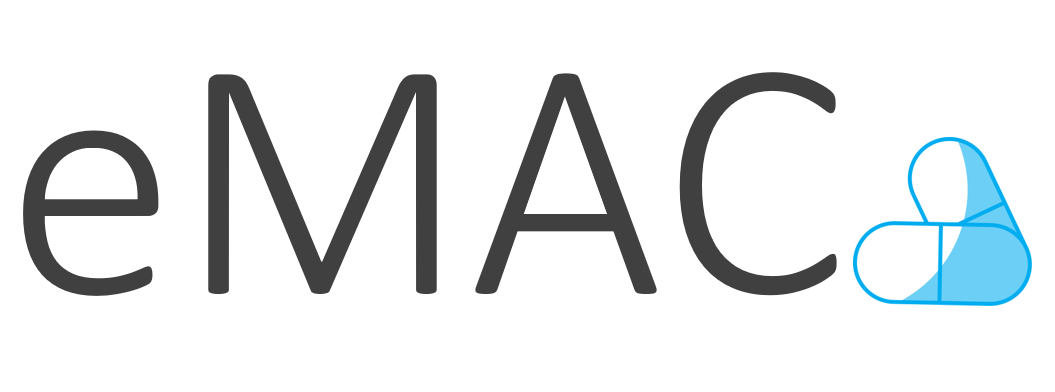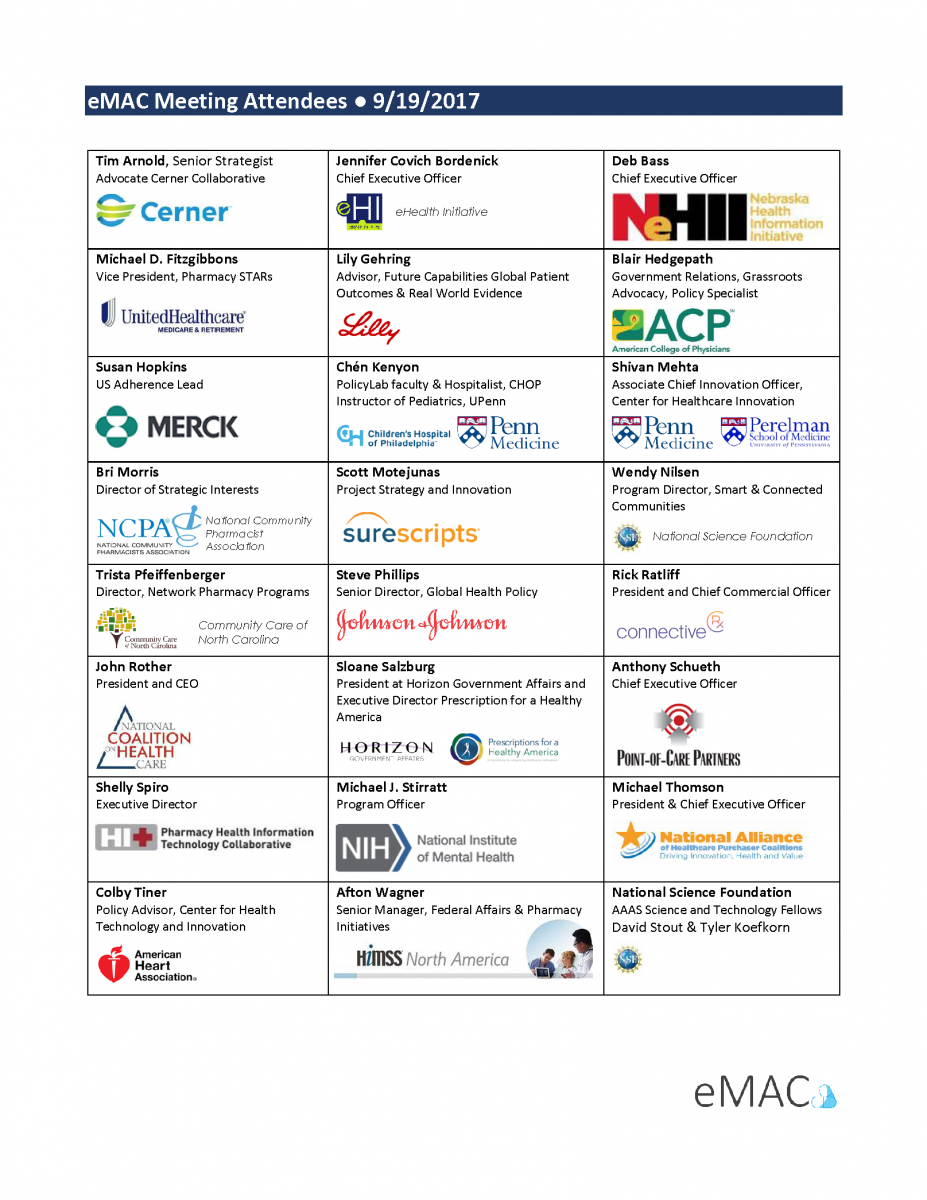Managing Type 2 Diabetes: A Team-Based Approach
Educational module from the American Medical Association's initiative, STEPS Forward.
How will this module help me improve glycemic control and prevent complications in my patients with type 2 diabetes?
- Outlines six steps for developing an efficient team-based approach to managing diabetes
- Provides answers to common questions about diabetes management for patients with type 2 diabetes
- Provides examples from other practices on how they are helping patients achieve their glycemic goals
Adult Vaccinations: Team-Based Immunization
Educational module from the American Medical Association's practice-based initiative, STEPS Forward.
How will this module help me improve adult vaccination rates in my practice?
- Outlines six STEPS to creating a successful team-based adult immunization program
- Answers commonly asked questions about team-based adult immunization programs
- Provides downloadable tools and training materials to guide you through the process
China Doubles Down on the Double helix
November 2, 2017 article from Neo.Life examining the boom of genomics in China and whether other countries will be left behind.
HITRUST Cyber Threat XChange
The HITRUST Cyber Threat XChange (CTX) is the most active cyber threat sharing platform that automates the process of collecting and analyzing cyber threats and distributing actionable indicators (IOCs) that organizations of varying sizes and cyber security maturity can utilize to improve their cyber defenses.
National Health Information Sharing & Analysis Center
National Health Information Sharing & Analysis Center (NH-ISAC) is the official health care information sharing and analysis center, offering non-profit and for-profit health care stakeholders a community and forum for sharing cyber and physical security threat indicators, best practices and mitigation strategies. Membership is open to any health care stakeholder seeking protection of valuable PHI (personal health information) and IP (Health care-related Intellectual Property) and also compliance with Federal HITECH ACT, HIPAA-related privacy rights and NIST (National Institute of Standards and Technology) guidelines. NH-ISAC is a non-profit member-driven organization of owners and operators within the health care sector. Members include private & public hospitals, “ambulatory” providers, health insurance “payers,” pharmaceutical/biotech manufacturers, laboratory, diagnostic, medical device manufacturers, medical schools and medical R&D organizations. Joining NH-ISAC is one of the best ways health care and public health firms can actively participate to protect the industry and its vital role in critical infrastructure.
American College of Radiology List of Appropriateness Criteria
List of the entire ACR Appropriateness Criteria, including Narrative & Rating Table, Evidence Table, and Lit Search documents.
A Tale of Two Storms - Transformation of the e-Health Ecosystem Between Katrina and Harvey
9/15/17 post from Waterloo Research and Consulting on how electronic HIE networks should be considered a critical part of a state’s and region’s emergency preparedness and response infrastructure.
eMAC 9.19.17 Roundtable Recap
Medication Adherence: Moving the Needle Forward
 On Tuesday, September 19, eHealth Initiative (eHI) convened more than 20 healthcare executives from payer, provider, academic, and pharmaceutical organizations for a roundtable discussion on medication adherence—a patient’s ability to take medication exactly as prescribed. The roundtable was the first in-person meeting of eHI’s Electronic Medication Adherence Collaborative (eMAC). eMAC brings together stakeholders who are using analytical and behavioral interventions to address adherence. Through this initiative, eHI is capturing best practice data to move healthcare closer to a culture of medication adherence.
On Tuesday, September 19, eHealth Initiative (eHI) convened more than 20 healthcare executives from payer, provider, academic, and pharmaceutical organizations for a roundtable discussion on medication adherence—a patient’s ability to take medication exactly as prescribed. The roundtable was the first in-person meeting of eHI’s Electronic Medication Adherence Collaborative (eMAC). eMAC brings together stakeholders who are using analytical and behavioral interventions to address adherence. Through this initiative, eHI is capturing best practice data to move healthcare closer to a culture of medication adherence.

In 2004, one of eHI’s major initiatives was the nascent concept of electronic prescribing. eHI became an instrumental force in making e-prescribing a mainstream practice. Now, more than 70% of physicians are e-prescribing and 90% of pharmacies accept e-prescriptions, according to the Office of the National Coordinator for Health Information Technology (ONC) data. eMAC is designed to have a similar impact on medication adherence.
Now is the time
Medication non-compliance, or non-adherence, has traditionally been detrimental to population health. Non-adherence contributes to negative health outcomes, poor quality of life, and increased medical costs. In the current healthcare environment, there are numerous financial incentives around value-based care and patient outcomes. Improving medication adherence improves patient outcomes and lowers healthcare costs.
 Payers and providers are poised to capitalize on the wealth of data and resources that simply did not exist a few years ago. At this critical juncture, eMAC’s goal is to create a standardized system, a “vital sign,” based on data sharing, to address the multi-faceted and dynamic nature of medication adherence. While there is no magic pill to cure non-adherence, through collaboration and data sharing, the needle will move forward.
Payers and providers are poised to capitalize on the wealth of data and resources that simply did not exist a few years ago. At this critical juncture, eMAC’s goal is to create a standardized system, a “vital sign,” based on data sharing, to address the multi-faceted and dynamic nature of medication adherence. While there is no magic pill to cure non-adherence, through collaboration and data sharing, the needle will move forward.
Sharing the data
The September 19 meeting was an engaging discussion with eMAC stakeholders, focused on emerging best practices and studies. Currently refill rates, active and passive drug monitoring, patient reports, and pharmacy insurance claims are the various tools used to track adherence. Adherence occurs on a changing spectrum that includes high, moderate, low, and mixed. Stakeholders discussed the various findings of research conducted by their organizations and what they have learned from the research of other groups
|
“Supplements are the dirty little secrets that effect adherence.” |
The consensus was a need for system and individual level initiatives to address medication adherence. A summary of practices that members of the collaborative deemed to have a positive impact on adherence, and some that did not, follows.
Links in this article are located in the Medication Adherence section of eHI’s Ehealth Resource Center, which contains additional information on each aspect of medication adherence listed below.
clinical contact x technology x behavior change =
sustained health outcomes
Positively Impacts Medication Adherence
- Patient education with behavioral support
- Case management
- Reducing co-pays, patients leaving with medication in hand, and otherwise helping with costs
- Blister packs (multiple medications packaged together for use at the same time)
- Self-management initiatives
- Managing medication side effects
- Increasing patient motivation
- Decreasing medication stigma
- Personalized medication reminders, specifically interactive reminders, and other targeted interventions
- Medication Therapy Management (MTM), such as those coupled with Medicare Part D
- Providing Medicare A/B data part D plans
- Medication reconciliation that ceases unnecessary prescriptions
- Fewer medications [Can an illness be treated with one pill instead of two?]
- Patient baseline and continued measurements
- Easy to understand medication instructions
- Pharmacist Health Information Technology and mobile health integration
- Pharmacist engagement with patients, particularly through community pharmacies
- Granting pharmacies “provider” status
- Shared incentives for physicians and patients
- On-site health center pharmacies
- Tablet based adherence survey for patients that is a part of the clinical workflow
- 3-question adherence estimator, a conversation starter for providers to dig deeper with patients
- Stable routine for children requiring medication
Little to No impact on Medication Adherence
- Simple reminder devices (standard pillbox, digital timer cap, pill bottle caps that track times opened)
- Education only
- Shaming patients for non-adherence (finger wagging)
- Mailings
- Phone calls
Next Steps
On December 12, 2017, eMAC will reconvene to work on the vital sign for medication adherence. As with e-prescribing, medication adherence should be incorporated into each doctor visit. There are many components to adherence. Did the patient take the correct dosage? Was the medication taken at the right time of day and for the length of time prescribed for use? As demonstrated from our discussion, a body of research already exists on validated self-report questions and other indirect methods to capture adherence.
Using this data, the vital sign is intended to be a simple tool to track adherence, while addressing root causes of the many barriers to compliance, such as stigma, resources / access, side effects, and trust. The tool will help providers better manage their Medicare Access and CHIP Reauthorization Act (MACRA) needs being implemented by the Centers for Medicare & Medicaid Services. Improving adherence improves patient outcomes, which ultimately saves the healthcare industry money.

Why It Is Important to Take Medications as Directed (Infographic)
Infographic from WomenHeart explainging why it is important to take medications as directed
Overview of Pharmacists' Role of mHealth in Medication Adherence
The purpose of this document is to provide an overview of mobile health (mHealth) as it relates to the practice of pharmacy. This document will identify resources utilized in the enhancement of medication adherence and improvement of patient engagement. The document includes information about pharmacist’s involvement in medication adherence within the pharmacist health IT system workflow. The mHealth information should be documented and integrated within systems used by other healthcare providers, patients, and caregivers. This document will demonstrate how pharmacists can use technology to influence patient engagement related to medication adherence. From Pharmacy Health Information Technology Collaborative 7/11/16.
